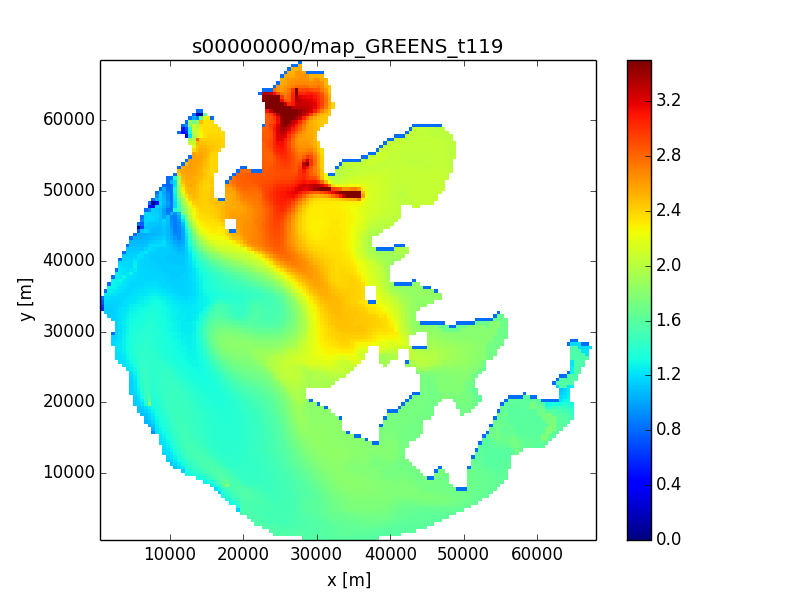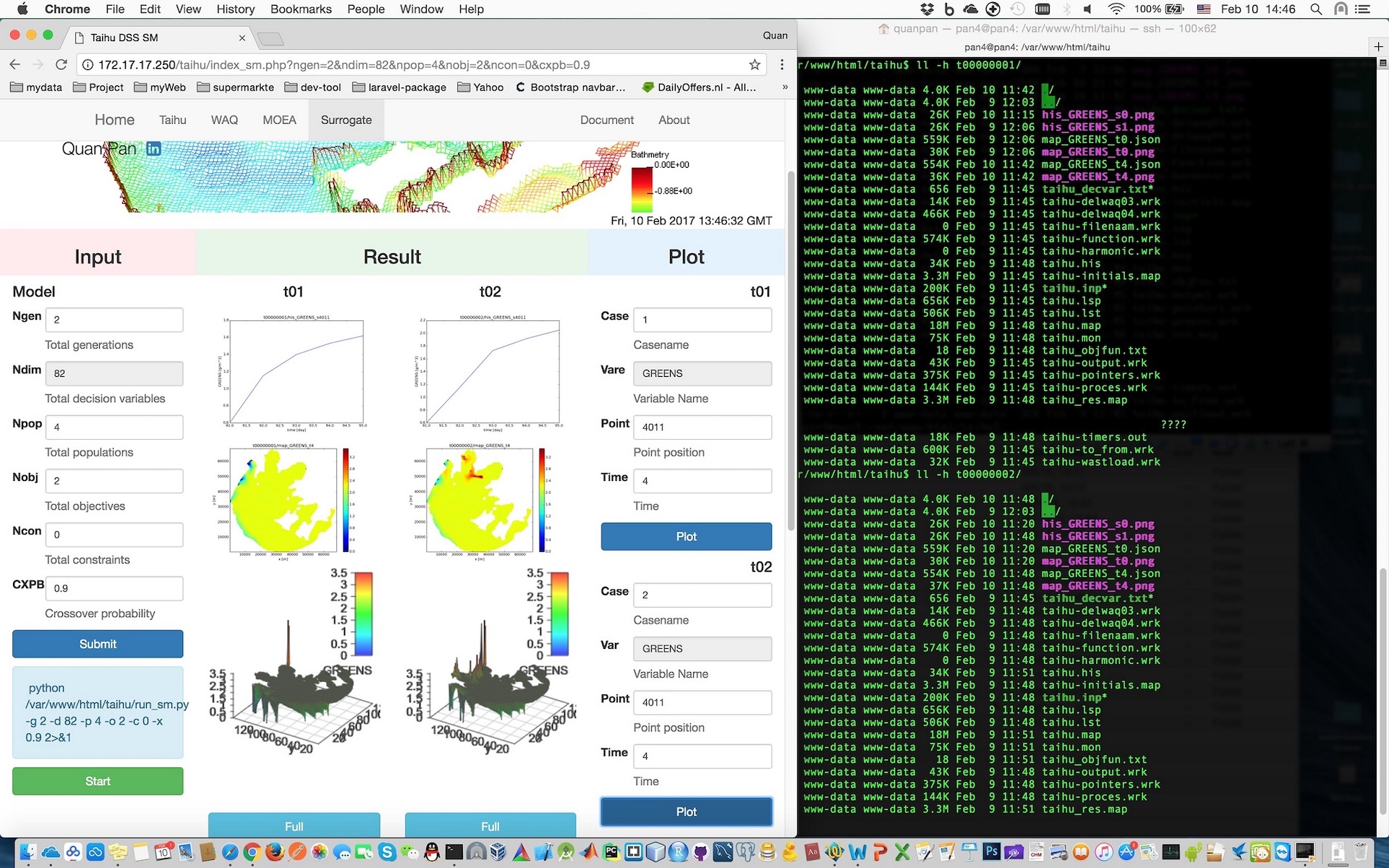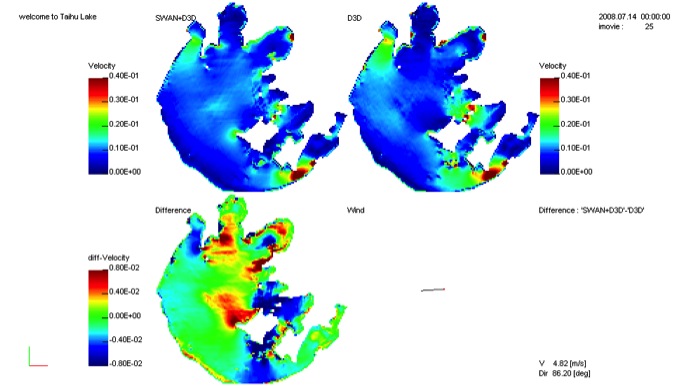Taihu Lake (E 30°56′~31°33′, N 119°54′~120°36′) is the third largest freshwater lake in the Yangtze Delta, on the border of Jiangsu and Zhejiang province, Eastern China.
Taihu Lake belongs to Zhejiang Province, Jiangsu Province and Shanghai City. The total lakeshore area of Taihu Lake is 2,427.8 km2 and there are 51 islands of a total area of 89.7 km2 in Taihu Lake. The actual surface area of Taihu Lake is 2,338.1 km2 and the average depth is 1.89 m. Wangyu and Xinmeng river supply water into the lake. Taipu, Xingou and Xicheng river are the outlets of the lake.
Problem
Pollution of the lake has been ongoing for decades. During the last 20 years, the water of Taihu Lake had been severely polluted by industry, agriculture and urban pollution. One billion tons of wastewater, 450,000 tons of garbage and 880,000 tons of animal waste were dumped in the shallow lake in 1993 alone. The urban drinking water supply of the surrounding regions of Taihu Lake was also affected seriously by eutrophication. Serious blue-green algae outbreaks led to the contamination of drinking water for millions of residents in lakeside Wuxi city.
Objectives
The general objective is to define and prototype a web-based decision support framework for model-based optimisation and test it on lake water quality management.
The specific objectives are:
- Propose the design solutions for decision support framework (DSF).
- Select, test and possibly improve the multi-objective optimisation algorithms suitable for model-based optimisation with computationally complex models.
- Select, test and possibly improve the surrogate modeling algorithms.
- Integrate modeling and optimisation codes with appropriate interfaces and the web platform and test the resulting DSF.
Methodology

Achievement
Publication
Delft3D 2D hydrodynamic and water quality simulation

Multi-objective optimization, Machine Learning

Web-based Decision Support System
- LAMP
- GeoServer
- PostgreSQL
- PostGIS
- OpenLayers

Open Visualization Tool (OpenVT v2)
- Fortran
- OpenGL
- NetCDF

